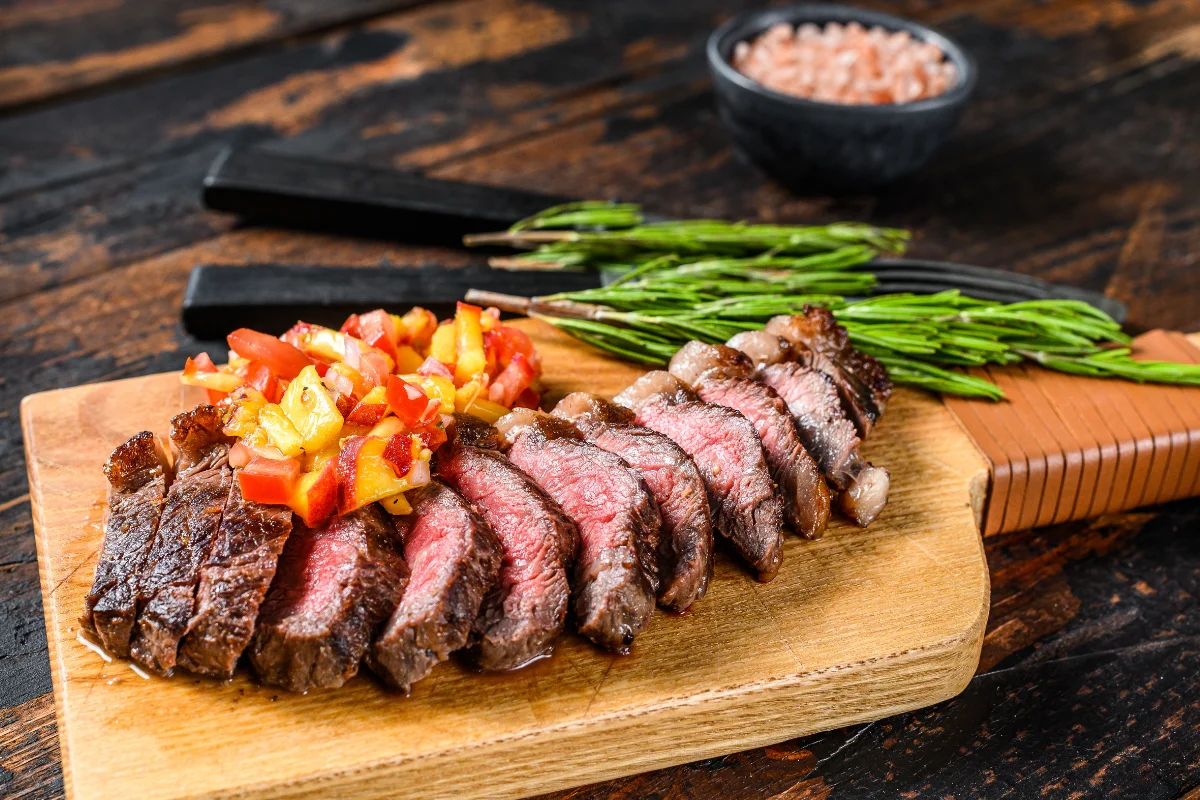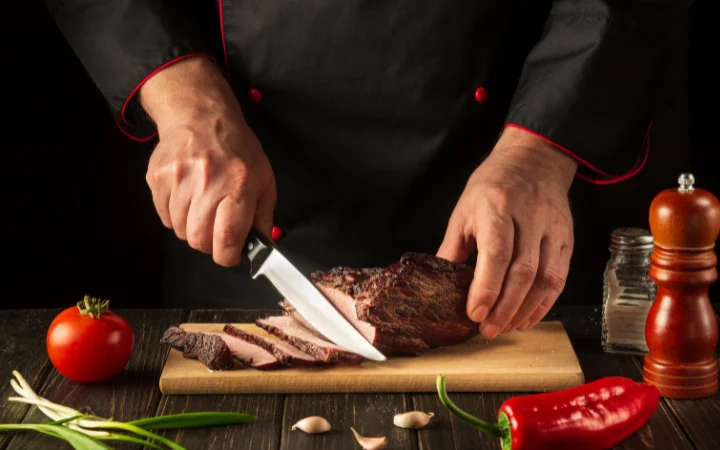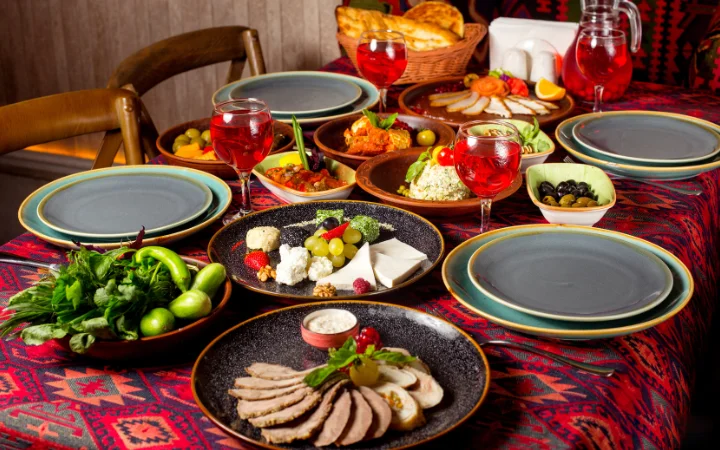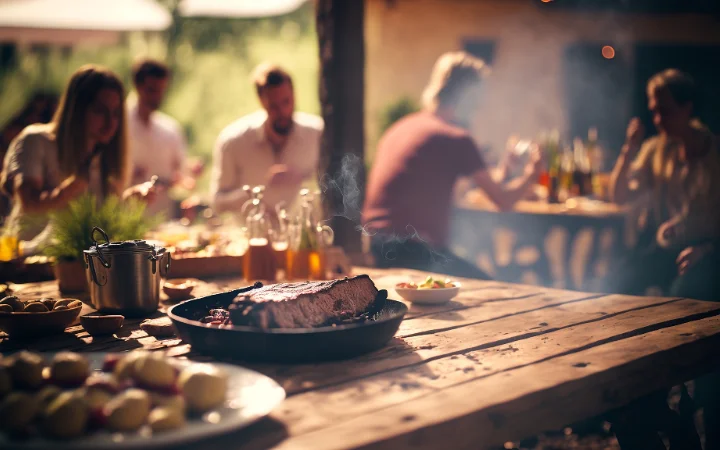Embark on a culinary journey with our guide to mastering corned beef, a classic dish rich in flavor and tradition. From selecting the best cut to exploring various cooking methods and perfecting the art of serving, this comprehensive guide provides all you need to create a tender, flavorful corned beef dish that will impress at any table.
Introduction to Corned Beef
Corned beef, a savory delight, has journeyed through history to become a staple in many kitchens, especially around St. Patrick’s Day. For a deeper historical perspective, check out A Taste of Excellence Catering’s article on the best ways to cook corned beef. But what’s the story behind this beloved dish?
History and Origin of Corned Beef
Contrary to popular belief, corned beef isn’t a traditional Irish dish. It’s an American invention, deeply rooted in the immigrant experience. In the late 19th century, Irish immigrants in the United States turned to beef brisket, a more affordable alternative to the salted pork of their homeland. This shift wasn’t just about cost; it was also a move to assimilate into American culture, where pork carried certain negative connotations.
The term ‘corned’ comes from the large grains or ‘corns’ of salt used in the curing process, and you can learn more about this traditional method at WellPlated.com. This method, combined with slow simmering, transforms the tough brisket into a tender, flavorful meal. It’s a culinary nod to the past, a dish that symbolizes adaptation and resilience.
Popularity and Cultural Significance
Today, corned beef is synonymous with celebration and comfort. It’s a dish that brings people together, evoking memories and creating new ones. Its popularity peaks in March, as people across the United States celebrate St. Patrick’s Day with plates piled high with corned beef and cabbage. But its appeal isn’t limited to just one day. Corned beef has become a year-round favorite, a testament to its delicious versatility and enduring legacy.
In the next section, we’ll delve into the art of preparing corned beef, from selecting the right cut to the nuances of brining. Stay tuned as we uncover the secrets to making your corned beef dish a mouthwatering masterpiece.
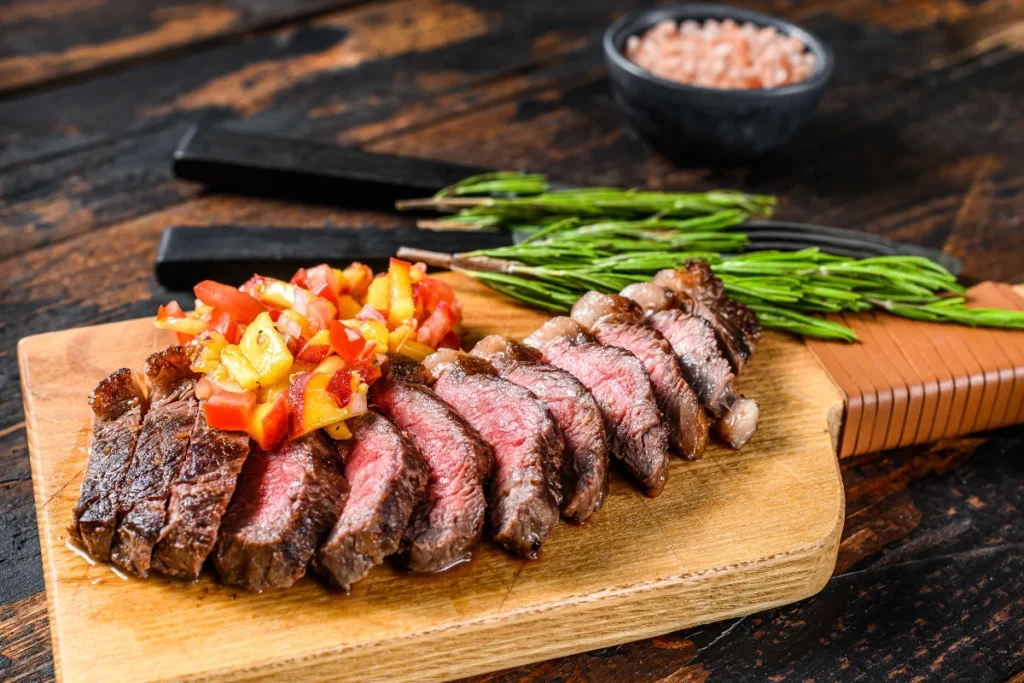
Preparing Corned Beef
Before diving into the cooking pot, let’s talk about getting your corned beef ready for its culinary journey. The preparation stage is crucial in ensuring that your dish turns out just right.
Selecting the Right Cut
Choosing the right cut of corned beef is the first step to a delectable meal. Generally, corned beef comes from the brisket, a cut of beef from the lower chest of the cow. There are two types of brisket cuts: the flat cut and the point cut. The flat cut is leaner and more uniform in shape, making it a popular choice for its ease of slicing and consistent cooking. The point cut, on the other hand, is fattier, which can lead to a more flavorful and tender dish, but it requires a bit more culinary finesse. Whichever cut you choose, ensure it’s fresh and of good quality – it makes all the difference!
Brining Your Own Corned Beef
For those who love a good culinary challenge, brining your own corned beef is a rewarding endeavor, and you can find a detailed guide on Quora, and you can enhance your dish with insights from our Mastering Corned Beef Spices: A Complete Flavor Guide. This process involves submerging the brisket in a seasoned brine, a mixture of water, salt, and various spices. Traditional spices include peppercorns, mustard seeds, and bay leaves, but feel free to experiment with juniper berries or cloves for an extra flavor kick. Remember, good things take time – brining your corned beef can take 5 to 7 days. But the result? A deeply flavorful, customized corned beef that’s infused with your personal touch.
In the next part, we’ll explore the various cooking methods for corned beef, and for an in-depth look at a specific method, check out our Ultimate Guide to Sous Vide Corned Beef for perfect texture and flavor. From the classic stovetop simmer to modern techniques like the Instant Pot, we’ll guide you through each method to help you find the perfect fit for your kitchen and taste buds. Stay tuned as we turn up the heat and get cooking!
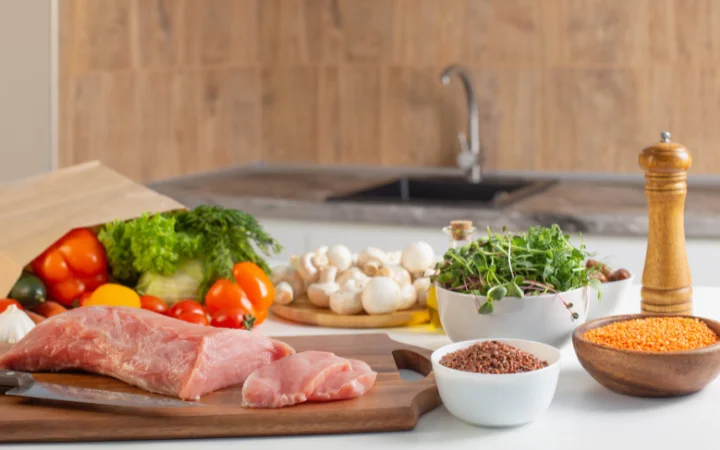
Cooking Methods Explored
Now that our corned beef is prepped and ready, it’s time to cook! There are several methods to choose from, each offering its own unique flavor and texture to the dish.
Stovetop Method
The stovetop method is a classic, tried-and-true way to cook corned beef. It involves simmering the beef in a large pot of water, along with aromatic spices and vegetables like carrots, onions, and celery. This slow cooking process, typically taking about 1 hour per pound of meat, allows the flavors to meld beautifully, resulting in a tender and juicy corned beef. It’s a simple yet effective method that has stood the test of time.
Oven Method
If you prefer a more hands-off approach, the oven method is your go-to. This involves braising the corned beef in a covered Dutch oven at a low temperature, around 300 degrees Fahrenheit. The oven’s consistent heat ensures the beef cooks evenly, yielding a tender and flavorful result. This method takes about 3 to 3 1/2 hours for a 2 1/2- to 3-pound cut, making it a great option for a weekend meal.
Slow Cooker Method
For those who love set-it-and-forget-it convenience, the slow cooker method is a dream. Just place your corned beef, along with spices and aromatic vegetables, into the slow cooker, and let it do its magic. The slow cooker gently braises the beef over several hours, resulting in an incredibly tender and flavorful dish. It’s perfect for busy days when you want to come home to a ready-to-eat meal.
Instant Pot Method
In today’s fast-paced world, the Instant Pot offers a quick and efficient way to cook corned beef, and you can find more Instant Pot recipes at Taste-Food.com. This method significantly reduces cooking time while still delivering tender and flavorful meat. Simply place the beef, spices, and enough water to cover the meat in the Instant Pot, and cook under high pressure. In about 85 minutes, you’ll have delicious corned beef ready to serve.
Each of these methods has its own merits, and the best one for you depends on your time, equipment, and taste preferences. Experiment with different methods to find your perfect match!
In the next section, we’ll delve into best practices and tips to ensure your corned beef is not just cooked, but cooked to perfection. Stay tuned for expert advice on achieving the ultimate tenderness and flavor in your corned beef.
Best Practices and Tips
Cooking corned beef is an art, and like any art, it comes with its own set of best practices and tips. Let’s dive into some key pointers to elevate your corned beef from good to great.
Achieving Perfect Tenderness
Tenderness is the hallmark of well-cooked corned beef. To achieve this:
- Low and Slow: Whether you’re using a stovetop, oven, slow cooker, or Instant Pot, remember the mantra ‘low and slow.’ Gentle cooking at a lower temperature for a longer duration allows the tough fibers in the brisket to break down, resulting in melt-in-your-mouth tenderness.
- Don’t Rush: Resist the urge to speed up the cooking process. Patience is key. Rushing can lead to tough, chewy meat.
- Check for Doneness: Use a fork to test the meat. If it slides in easily, your corned beef is done. An instant-read thermometer should read 145 degrees Fahrenheit for optimal tenderness.
Flavor Enhancements
To make your corned beef truly stand out:
- Spice it Up: Don’t shy away from spices. Classic pickling spices, bay leaves, mustard seeds, and even a splash of beer can add depth to the flavor.
- Vegetable Medley: Adding vegetables like onions, carrots, and celery not only contributes to the dish’s flavor profile but also provides a balanced meal.
- Rest Before Slicing: Let the corned beef rest for about 10-15 minutes after cooking. This allows the juices to redistribute, ensuring the meat is moist and flavorful when sliced.
In the next part, we’ll talk about serving and presentation. A great dish isn’t just about taste; it’s also about how it’s sliced and what it’s served with. Stay tuned for tips on slicing techniques and the perfect accompaniments to make your corned beef dish a feast for the eyes as well as the palate.

